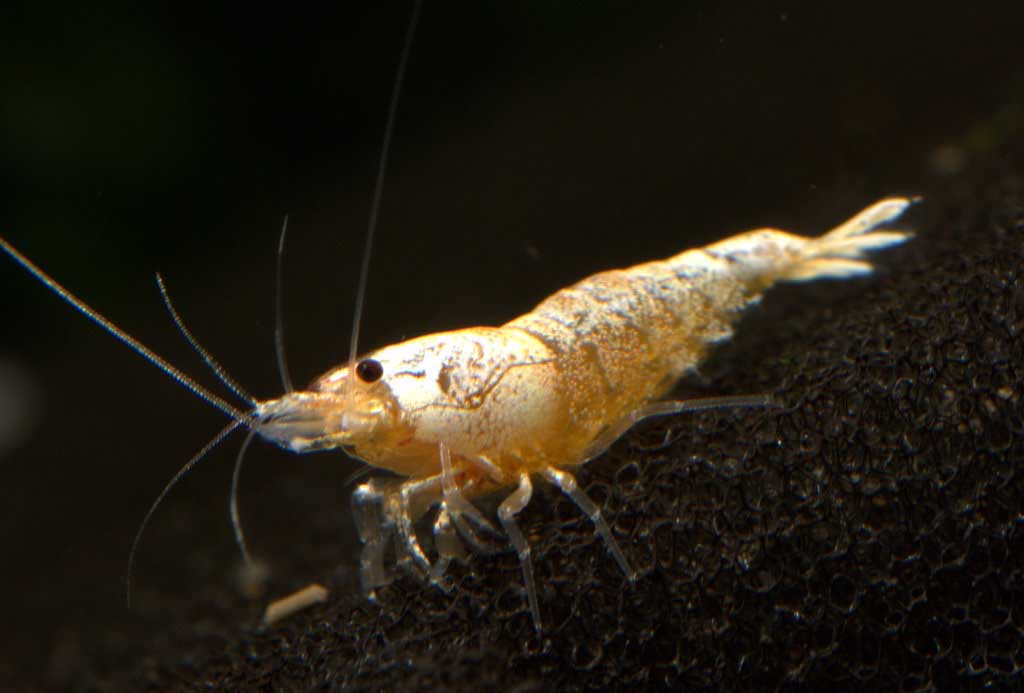
If they sense their territory has an intruder, they send out guard bees to patrol the vicinity and attack whatever appears to be a threat. These bees are notorious for their intense defensive techniques. Gibraltar Honey Beeįor more experienced beekeepers, the Gibraltar honey bee offers a unique challenge. Himalayan honey bees survive through harsh winters and blazing summers with ease, making them ideal for a beekeeper new to the trade. It’s also one of the few honey bee breeds that often renews wax brood crumbs.

It’s resilient to various diseases and cold weather. The Himalayan honey bee dominates various parts of Asia, including Japan, the Philippines, and Indonesia. Furthermore, they’re resilient in human environments. Also, they’re less aggressive than other breeds of honey bees and can regularly produce a large honey haul. Of all the five top honey bee breeds for your bee farm, the Western honey bee is likely the best option for beginners. Stealing increases the risk of spreading diseases among populations. As a result, Italian bees are more likely to steal honey from neighboring hives. However, the primary downside of Italian bees is that they have long brood cycles, which means they devour resources quickly. They also have a spectacular honey production rate and are less likely to swarm than Carniolan bees. The Italian honey bees’ peaceful attitude makes them a favorite breed of honey bees among beekeepers. With an early population comes a greater chance for bee swarms in the summer. But beekeepers who farm Carniolan bees must watch out for swarming. Carniolan honey bees use early spring blooms to create a large summer population. They also have an impressive spring buildup. For one thing, they have a surprisingly gentle temperament, making it easy to work with their hives. Carniolan Honey Beeīeekeepers love Carniolan honey bees for many reasons. If you see one you like, it may be time to start your own farm. This list contains the five top honey bee breeds for your bee farm.

Although the average person may look at honey bees and think they’re all the same, beekeepers are aware of the various species and their characteristics.


 0 kommentar(er)
0 kommentar(er)
